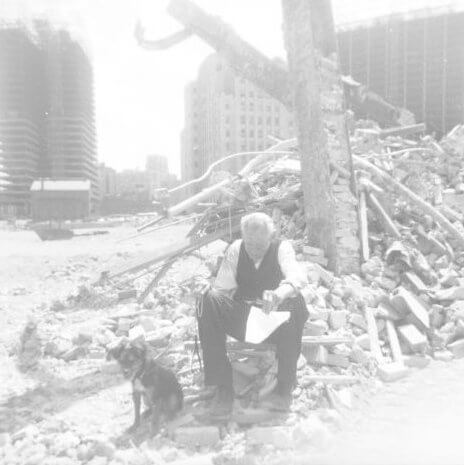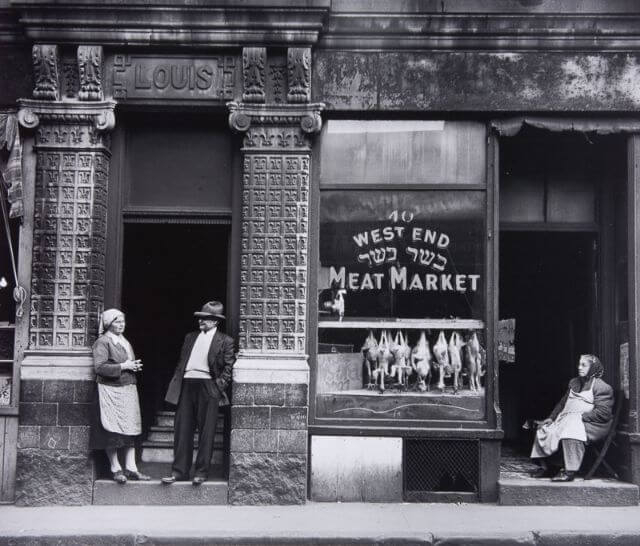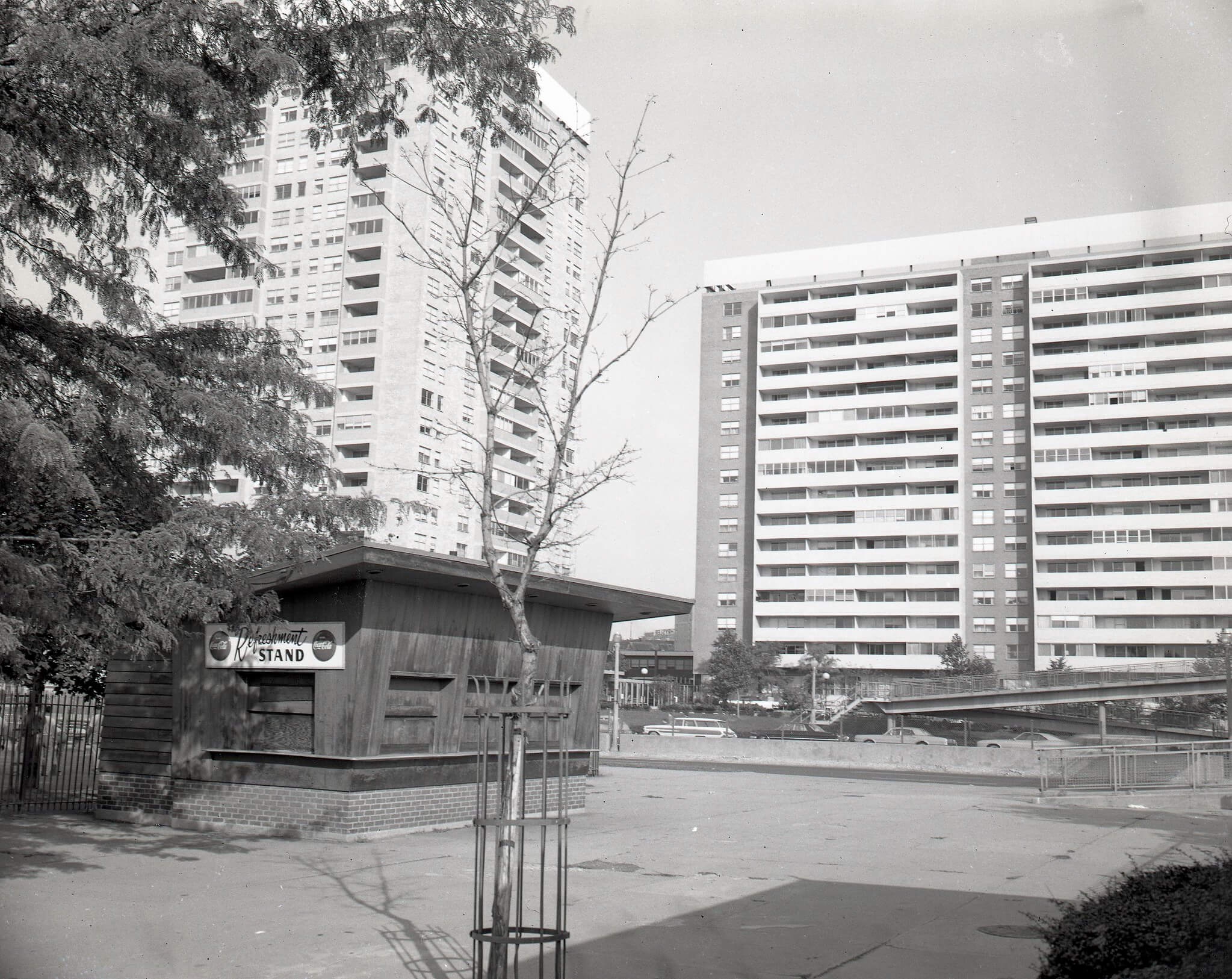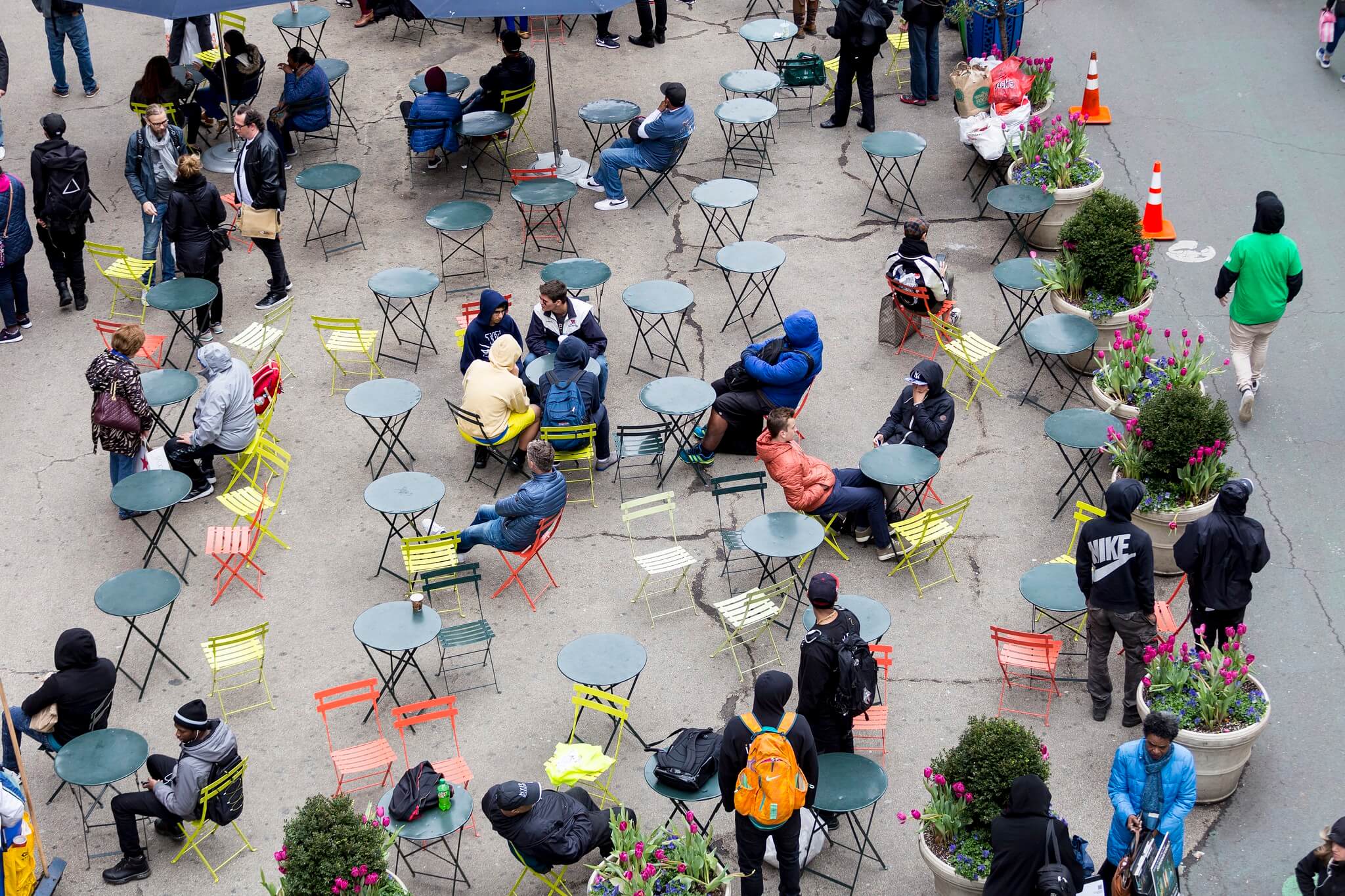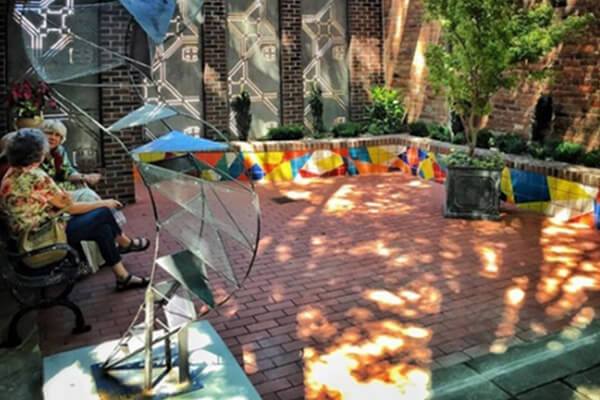Urban Renewal and Social Isolation
Urban renewal projects, like that in the the West End, have long promised to revitalize aging urban areas, create economic opportunities, and improve living conditions for residents. Despite these positive intentions, urban renewal has also resulted in false promises, the physical destruction of neighborhoods, and forced removal of residents. Such negative impacts have resulted in social isolation, lost social connections, and loneliness.
Social isolation and loneliness affect the quality of life in cities. A study by a government task force in Vancouver, Canada asked people to report the biggest problem facing that city. Rather than the expected responses of homelessness or the opioid epidemic, the number one problem according to residents was urban loneliness. Residents in cities can feel less emotional attachment to their neighborhood, less safe, and less engaged with the politics and decision-making that directly affects their lives. Isolation can also be physically harmful. According to the United States Surgeon General, loneliness is as deadly as smoking 15 cigarettes a day, consuming six alcoholic drinks a day, and more dangerous for health than obesity. Social isolation probably kills far more people in the West each year than terrorists and murderers, and costs the public in unnecessary health costs.
Social interactions and networks — “social capital” — have strengthened and supported neighborhoods and individuals for generations. The everyday activities and interactions that occur in a neighborhood slowly build up a network of relationships between neighbors: whether it’s sharing childcare responsibilities, carpooling, or simply offering a friendly face. Urban renewal projects can disrupt these intricate social networks, leading to a breakdown in the support systems that residents have come to depend on.
When a neighborhood is changed and opportunities to interact are taken away, social capital declines. A recent study in the United Kingdom found that urban renewal projects actually caused a large disruption to social ties, forcing families and neighbors to move away from one another. “Many people felt that, compared to the past, there was no longer a close-knit community, no one looked out for anyone anymore, or felt pride in their neighborhood.”
Social isolation can be caused by many things. Harvard Researcher Robert Putnam’s well-known book “Bowling Alone” discussed suburbanization, economics, and time pressures but primarily blames technology for the drop in social engagement activities (such as participation in bowling leagues, as the title suggests). Urban renewal however, has accelerated isolation in other ways:
- Displacement of Established Communities
One of the most significant concerns associated with urban renewal projects is the displacement of established communities. When neighborhoods are razed to make way for new developments, residents are often forced to leave their homes, breaking social ties they’ve cultivated over years and, oftentimes, generations. This abrupt disruption can lead to a sense of isolation as individuals are uprooted from familiar surroundings, friends, and support networks. However, newer urban renewal techniques, such as micro-renewal (smaller scale renewal efforts with little to no resident displacement), show promise in stopping the loss of social capital. - Gentrification and Socioeconomic Segregation
Urban renewal projects frequently attract higher-income residents to formerly low-income neighborhoods, a phenomenon known as gentrification. While gentrification can bring economic benefits, such as increased property values and improved services, it also leads to socioeconomic segregation. As more affluent individuals move in, lower-income residents are pushed out, leading to a divide between the haves and the have-nots. - Loss of Community Spaces
Urban renewal projects often involve the removal of older buildings, some of which serve as essential community spaces. Places that had previously served as community hubs — such as markets, churches, community centers, and bars — disappear, meaning that people no longer have the opportunity to get to know their neighbors. As communal spaces disappear, residents lose important hubs for social interaction and engagement. The absence of such spaces can contribute to feelings of isolation and disconnection within the community. - Loss of Cultural Identity
Urban renewal projects can also threaten the cultural identity of a neighborhood. As new developments spring up, the character and history of the area may be erased, leaving residents feeling disconnected from their own heritage. This loss of cultural identity can lead to a sense of isolation and alienation from the transformed neighborhood. - Lack of Affordable Housing
Affordable housing is a critical component of any community. However, urban renewal projects often prioritize luxury apartments and upscale housing options, leading to a shortage of affordable homes. This forces lower-income residents to move away, separating them from their social networks and support systems. As they struggle to find affordable housing elsewhere, the resulting financial stress can make feelings of isolation even more pronounced.
Urban renewal projects can bring about positive changes, such as improved infrastructure and economic development. However, it is crucial to recognize and address the negative impacts they can have on social isolation within communities. Displacement, gentrification, loss of community spaces, cultural identity erosion, lack of affordable housing, and associated psychological and health impacts are all significant concerns that deserve attention.
To mitigate these negative effects, urban planners and policymakers should prioritize community engagement, affordable housing initiatives, and the preservation of cultural heritage in the planning and execution of urban renewal projects. Even something like public spaces can counter social isolation if done correctly. Public spaces encourage meaningful encounter, increase tolerance, and alleviate the affects of social isolation and ensure the sustainability of the neighborhood. By taking a broader and more people-centered approach to development, we can ensure that progress does not come at the cost of social isolation and the erosion of community bonds. Ultimately, urban renewal should aim to enhance the quality of life for all residents, not just a select few, and create vibrant, connected, and inclusive communities for the future.
Article by Daniel Spiess, edited by Bob Potenza
Sources: CBC Radio. “Lonely Together: The plight of urban isolation.” https://www.cbc.ca/radio/ideas/lonely-together-the-plight-of-urban-isolation-1.5057995; Kristof, Nicholas. “We Know the Cure for Loneliness. So Why Do We Suffer?.” New York Times, September 9, 2023.; University of Manchester. “Regeneration may cause isolation for older people, study finds”. phys.org. November 2, 2018.; Wikipedia. “Bowling Alone”, https://en.wikipedia.org/wiki/Bowling_Alone.; Zu, Yushu & Chandong Ye. “Urban renewal without gentrification: toward dual goals of neighborhood revitalization and community preservation”, Urban Geography, 2022, https://doi.org/10.1080/02723638.2022.2159651.: “Constructing Common Meeting Places: A Strategy for Mitigating the Social Isolation of Disadvantaged Neighbourhoods”. Urban Planning. Vol. 7, No 4. 2022


